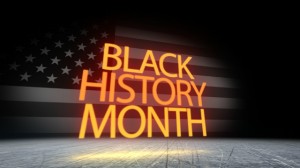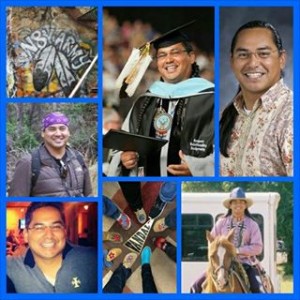Africana Studies Post-Doctoral Fellow, Lehigh University
Posted: 12/04/2013 3:47 pm
Current college students lack the knowledge foundation to deal with the reality of racism. This has been made evident by a recent incident at Lehigh University. Around 2 a.m. on Wednesday, Nov. 6 a multicultural residence hall, the Umoja House, was egged and vandalized with a series of racial epithets. The actions of these nameless individuals was reminiscent of the overt racism experienced by people of color two or more generations ago; it was an act of terrorism designed to hurt, intimidate and alarm the entire Lehigh community. Furthermore, it became evidence of the serious limitation of our current post-racial “la la land.” In the aftermath of this incident, I found that my students, who are socialized to believe the post-racial rhetoric, are not prepared to deal with the continued existence of racial inequality. They are perplexed when the history of racism reveals itself to be very much a part of our present.
Those who adhere to the current trend in dialogue around race would argue that the campus was taken back in time. After all, many believe we no longer live in a world where overt racism, discrimination or racial terrorism shapes the lives of people of color. People no longer see racism–personal, institutional or otherwise– as an excuse for underachievement, a rationale for special consideration, or a basis for additional societal support. Our current world is one of openness and racial togetherness with equal opportunity to achieve.
It is this rhetoric of racial inclusiveness that has shaped the world of my students. As part of my appointment in the Africana Studies department at Lehigh University, I teach an undergraduate course on media portrayals of race. Two days each week I have the opportunity to teach (and learn from) some of the most open and eager students. These purportedly disengaged Millennials made a conscious decision to study a topic that some would argue is no longer relevant.
The students come to class very optimistic. They are members of a generation that has been taught that it is no big deal for people to be in interracial relationships, and they tend to have some sort of regular contact with those who are different from them. Unlike older generations, they primarily see social class as more of a determinant of marginalization than race and assume racial tolerance and openness. On some level this is very good and must be acknowledged.
And yet we sat in class the Wednesday after the incident and struggled together to figure out how to react and what to do. The vandalism that occurred isn’t supposed to happen in America any more. As such, the sort of conversations we should have, the actions we should take and the search for an appropriate response is certainly not part of their “cultural tool kit.”
As a person who studies racial portrayals and the social impact, I felt momentarily helpless as I acknowledged that educators in the generation before mine, who were raised during the Cold War and who might remember Kennedy’s Voting Rights Act, are now instructing a generation of young people who barely know who Malcolm X is, can recall Che Guevara only because of his image on tee shirts, who do not know about Reagan’s War on Drugs, and think that the presence of financially successful Asian immigrants is an indication that America is on the right path. And while I am generalizing, the truth is that the current generation has no language to discuss racial conflict and are nearly helpless to understand, address and respond to continued racism.
I was confused as well. I am the child of parents who grew up at the end of the Civil Rights Movement. And even as I understand it, it is not a part of my direct experience. My position as the child of intellectuals most likely has more to do with my understanding of the United States’ racialized history than anything else. I have never encountered what my students woke up to that Wednesday morning and did not know how to handle it.
Right now Lehigh is dealing with blatant and deliberate racism. When I spoke with my students they literally asked me what to do. The white students seemed afraid of appearing racist and the black students seemed afraid of appearing overly sensitive or militant. What the entire group had in common was no historical or contemporary context within which to place this act or even discuss to it.
Post-racial students have been abandoned. When it comes to dealing with issues of race many do not know what to do because it is framed as something that no longer occurs, even as what happened tells us it does. The result of believing that racism doesn’t exist is that whenever racist acts or more persistent problems like racial segregation are made obvious, the post-racial generation is required to acknowledge racism in a world where everything provides the opposite message. The students at Lehigh are experiencing a serious disruption to their worldview.
I felt sorry for my students. They were lost and confused. The Civil Rights generation was able to recognize on some level and saw some basis in reality for why people feel racism is an issue, even if they didn’t agree. The current generation doesn’t have that. Let’s protect the next generation by arming them with information. We can do this by teaching them to acknowledge that race matters so that they can effectively fight against racism, and other forms of bigotry, when it appears. This is the only way we will eliminate racism as our social reality for the generations to come.


